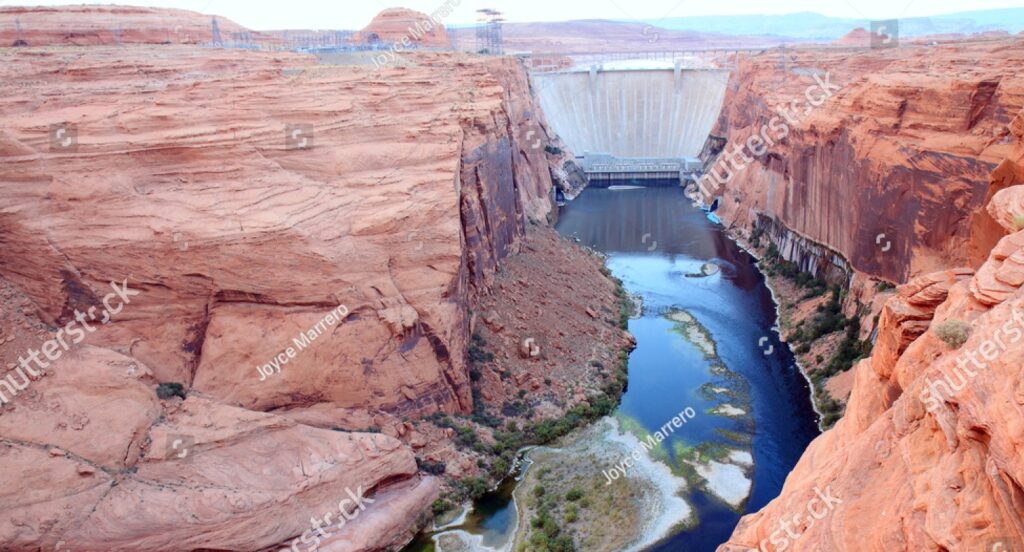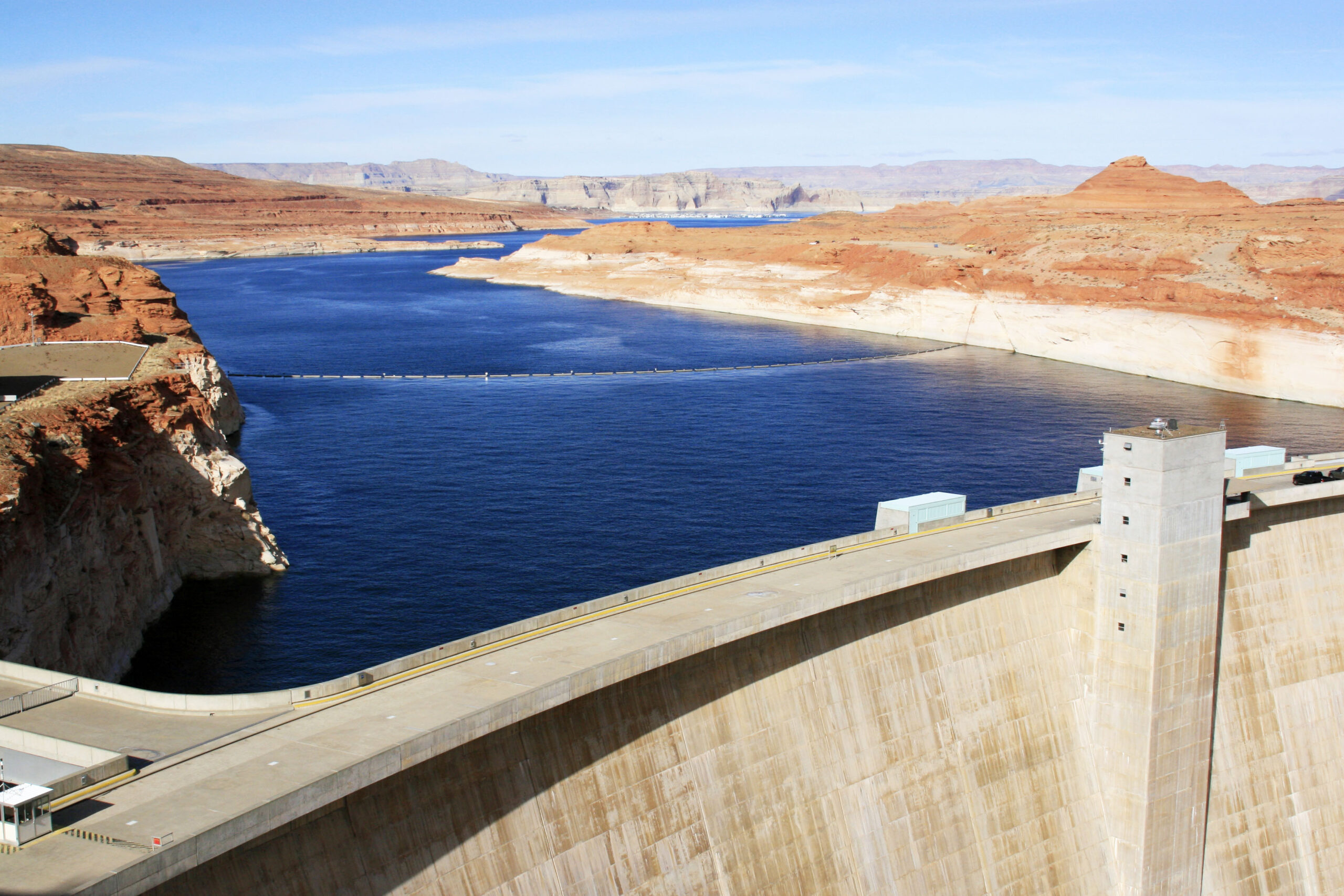Recent Newspaper articles on Phoenix water drought
There have been several recent comments on the water situation facing the Colorado River basin.
In the Sunday May 8 edition of the Arizona Republic in the Viewpoints section,(ref-Arizona Republic, Sunday, May 8)
Drastic Action Needed
Tom Buschatzke and Ted Cooke lay out the call for drastic action on the Lake Powell and Lake Mead reservoirs. Tom Buschatzke is director of Arizona Department of Water Resources and Ted Cooke is general manager of Central Arizona Project.
They point out that both lakes are approaching critical elevations and will require unprecedented actions to protect infrastructure in the upper and lower Colorado basins. Currently Lake Powell is at elevation 3,522 feet or 24% of capacity, the lowest since first filled. This year the Glen Canyon Dam will release approximately 500,000 acre-feet less than anticipated to Lake Mead.

This will cause Lake Mead to drop about 8-10 feet this year. Current projections point to a Tier 2 shortage in 2023.This calculates to a 592,000 acre-foot shortage for Arizona and less CAP water. Click here to see a description of how climate change is adding to the drought.
As stated in the article, interested parties are already working on a plan for 2023 that will take more broad collaboration and action to meet the challenges that lie ahead.
“Water Cops??”
Vegas has “water cops” that patrol the city streets and can ticket those who use water in a wasteful manner.
Cynthia Campbell, water resource management advisor for Phoenix, is quoted in the article saying that mandatory water restrictions would be a last resort. She states that they would only instill a sense of temporary emergency, rather than a longer-term water ethic. She goes on to say that the preference would be to use the water underground that Phoenix has already banked over the years. Apparently, she states, there is a five-year share of the river already stored in underground recharge areas.
And the state of Arizona is paying the city of Phoenix more than $4million to leave about 16,000 acre-feet of water in Lake Mead this year. She states that the city will use the money for conservation programs, possibly rebates for low-flow toilets.
TUCSON
Another contributor to the article, Robert Glennon, a Tucson resident, and lawyer, points out that Tucson has already stored about five year’s worth of water in its aquifers. He advocates for conservation by rebate or mandate and reveals that Tucson already offers free water audits and shows customers how their water use compares to the average.
It’s interesting that the Scottsdale water spokesperson, Valerie Schneider, stated in the article that “Scottsdale is not running out of water!” Scottsdale has committed to reducing 5% of municipal water uses while asking residents to do the same voluntarily.
Again Campbell, later in the article, states that the goal is to avoid mandates.
But Buschatzke reminds us that we may need to start thinking about possible water limits or mandates if the Colorado River keeps shrinking.
In my opinion, Phoenix, even given the history of it’s water banking, is behind where it should be in terms of conservation, mandatory or not. If the western drought continues much longer, we may have to consider mandatory restrictions. And so far, no one has really seriously considered augmentation schemes, such as de-salinization from the Gulf of California.

